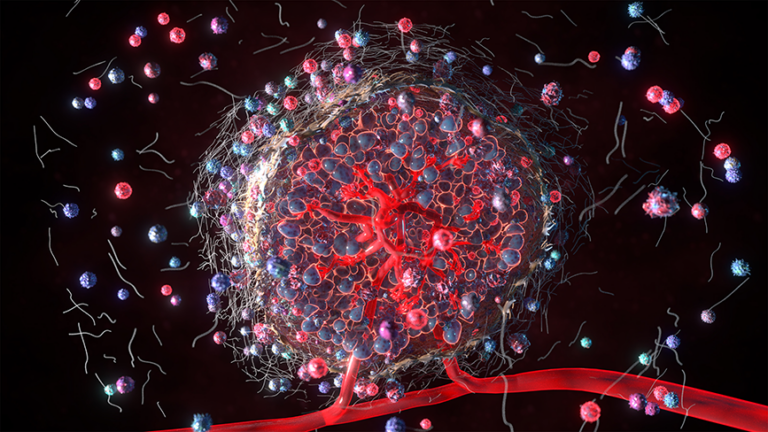“Here we used the PS19 (P301S) mouse model of tauopathies to characterize longitudinal changes in behavioral, morphological, and transcriptomic levels.”
BUFFALO, NY- November 15, 2023 – A new research paper was published on the cover of Aging (listed by MEDLINE/PubMed as “Aging (Albany NY)” and “Aging-US” by Web of Science) Volume 15, Issue 21, entitled, “Longitudinal characterization of behavioral, morphological and transcriptomic changes in a tauopathy mouse model.”
Neurodegenerative disorders, such as Alzheimer’s disease (AD), have the gradual onset of neurobiological changes preceding clinical diagnosis by decades. In their new study, researchers Qing Cao, Manasa Kumar, Allea Frazier, Jamal B. Williams, Shengkai Zhao, and Zhen Yan from the State University of New York at Buffalo’s Jacobs School of Medicine and Biomedical Sciences aimed to elucidate how brain dysfunction proceeds in neurodegenerative disorders.
“[…] we performed longitudinal characterization of behavioral, morphological, and transcriptomic changes in a tauopathy mouse model, P301S transgenic mice.”
P301S mice exhibited cognitive deficits as early as 3 months old, and deficits in social preference and social cognition at 5–6 months. They had a significant decrease of arborization in basal dendrites of hippocampal pyramidal neurons from 3 months and apical dendrites of PFC pyramidal neurons at 9 months. Transcriptomic analysis of genome-wide changes revealed the enrichment of synaptic gene upregulation at 3 months of age, while most of these synaptic genes were downregulated in PFC and hippocampus of P301S mice at 9 months. These time-dependent changes in gene expression may lead to progressive alterations of neuronal structure and function, resulting in the manifestation of behavioral symptoms in tauopathies.
“In conclusion, our longitudinal characterization of behavioral, morphological and transcriptomic changes in a tauopathy mouse model is to elucidate potential mechanisms that drive the progression of AD and related neurodegenerative disorders. Manipulation of key molecular players coupled with electrophysiological measurements of neuronal functions in future studies will help identify early intervention strategies for these diseases.”
Read the full study: DOI: https://doi.org/10.18632/aging.205057
Corresponding Author: Zhen Yan – zhenyan@buffalo.edu
Keywords: Alzheimer’s disease, tau, cognitive behaviors, transcriptomic neuronal morphology
Sign up for free Altmetric alerts about this article: https://aging.altmetric.com/details/email_updates?id=10.18632%2Faging.205057
About Aging: Launched in 2009, Aging (Aging-US) publishes papers of general interest and biological significance in all fields of aging research and age-related diseases, including cancer—and now, with a special focus on COVID-19 vulnerability as an age-dependent syndrome. Topics in Aging go beyond traditional gerontology, including, but not limited to, cellular and molecular biology, human age-related diseases, pathology in model organisms, signal transduction pathways (e.g., p53, sirtuins, and PI-3K/AKT/mTOR, among others), and approaches to modulating these signaling pathways.
Please visit our website at www.Aging-US.com and connect with us:
- SoundCloud
- X, formerly known as Twitter
- YouTube
- LabTube
Click here to subscribe to Aging publication updates.
For media inquiries, please contact media@impactjournals.com.

